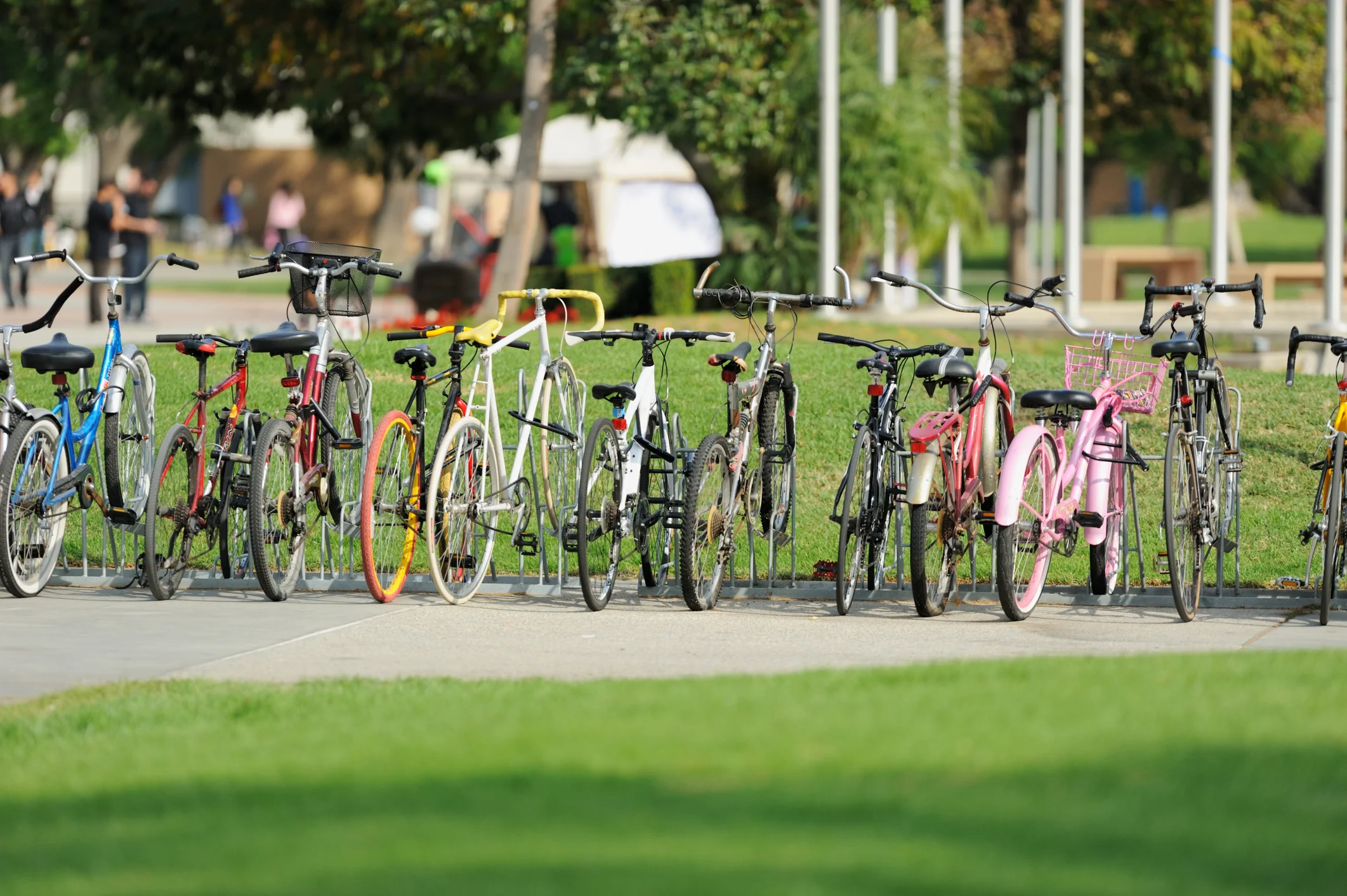Applying Early Decision
/Traditionally, college application deadlines were often in January. More recently, however, there has been a push for earlier applications, with admission programs that include Early Action, Early Action II, Early Decision I, Early Decision II and even a few Single Choice Early Action programs enticing applicants with the promise of earlier decisions and possibly better chances for admission. This more hurried approach has contributed to an increase in stress levels for many seniors.
Early Decision (ED) is a binding application program that has a November 1st or 15th deadline. Students are generally notified before Christmas whether they have been accepted, rejected or deferred to regular decision. Since it is binding, students who apply ED and are accepted must withdraw any other college applications. Students can apply ED to only one college, and the student’s parents and Guidance Counselor must sign an agreement with the college confirming that the applicant has done so.
Early Decision can (the operative word here is “can”) offer an applicant a significantly higher acceptance rate, depending upon the college. The 2017 edition of the Princeton Review’s The Best 381 Colleges states that Elon University received 504 Early Decision applications and accepted 86%. Its regular decision acceptance rate is listed as 57%. If you love Elon and know deep-down that if you are accepted that’s where you’d love to go, then applying Early Decision and knowing within six weeks an be a very good thing. Davidson College had a 22% acceptance rate for regular decision but that jumped to 48% for ED. Not all colleges, however, are so generous in their ED offers. In the 2015-2016 cycle, Rice University received 1,389 ED applications and accepted 20%. Their regular decision acceptance rate was 16%, so applying ED provided a boost of only 4%.
When students apply ED, they are a captive audience. The college doesn’t have to wonder where else they’re applying or if they’ll enroll if accepted. A college’s yield is the number of students that say “yes” to the college’s offer of admission. Colleges are often evaluated on their yield percentage and ED applicants increase the yield. Many colleges fill as much as half their incoming class with ED candidates. The regular decision pool then becomes more competitive because the college will frequently look to balance the class, i.e., they may need more theater majors, more students from Kansas or more soccer players. If a student has applied ED, he is saying it’s his first choice. The biggest downside of ED is that students are unable to compare financial aid offers, which are typically made in March.
A word of caution: don’t get caught in the trap of “I’m applying Early Decision somewhere, I just don’t know where.” Apply ED only if you can convincingly declare your love and commitment to becoming a student at that college.

